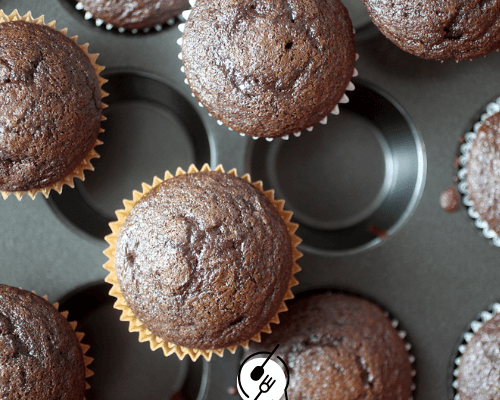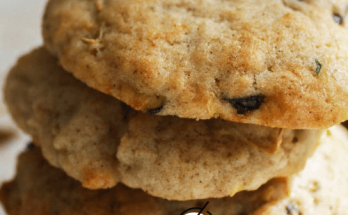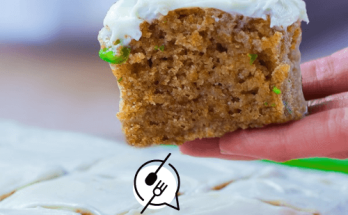These super moist Cocoa Cupcakes Recipe TONS of chocolate flavor in each cupcake wrapper! Made from simple, everyday ingredients, this easy cupcake recipe will be your new favorite. For best results, use natural cocoa powder and buttermilk. The chocolate cupcakes completely over-the-top taste with chocolate buttercream!
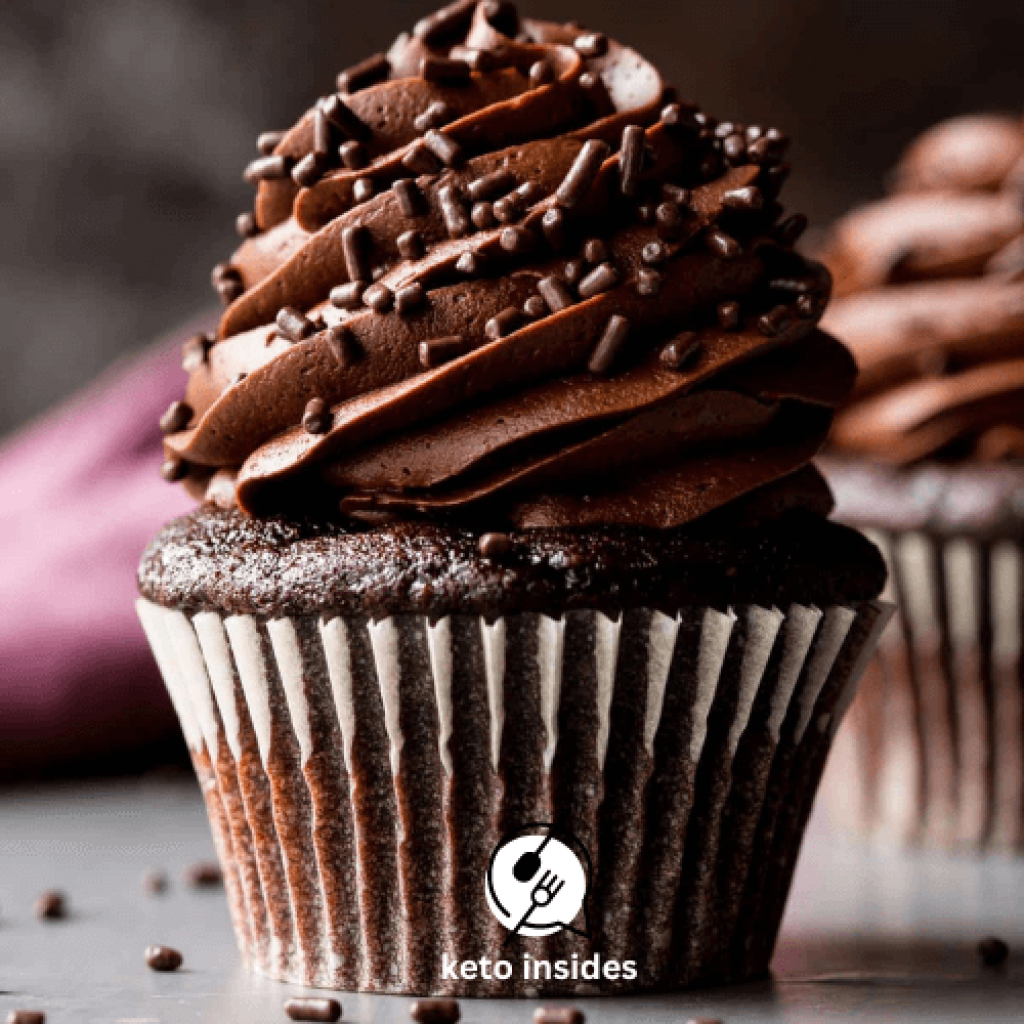
Today we’re diving deep into what I like to call a “foundation recipe.” Basic chocolate cupcakes which are, indefinitely, anything but basic.
This is a solid base recipe that serves as a jumping off point for many others. Like my basic vanilla cupcakes recipe, these chocolate cupcakes hold a sacred spot in my desserts repertoire. There will never be a reason to find a better version—this is THE chocolate cupcake recipe I use time and time again.
How To Make Cocoa Cupcakes Recipe
Today’s chocolate cupcakes are for those of you who are true, die-hard chocolate fans. I’m talking about those of you who don’t qualify an item as dessert unless there’s chocolate involved. Strawberry shortcake is a dessert impostor and forget about apple pie. That’s some sort of health food, right?
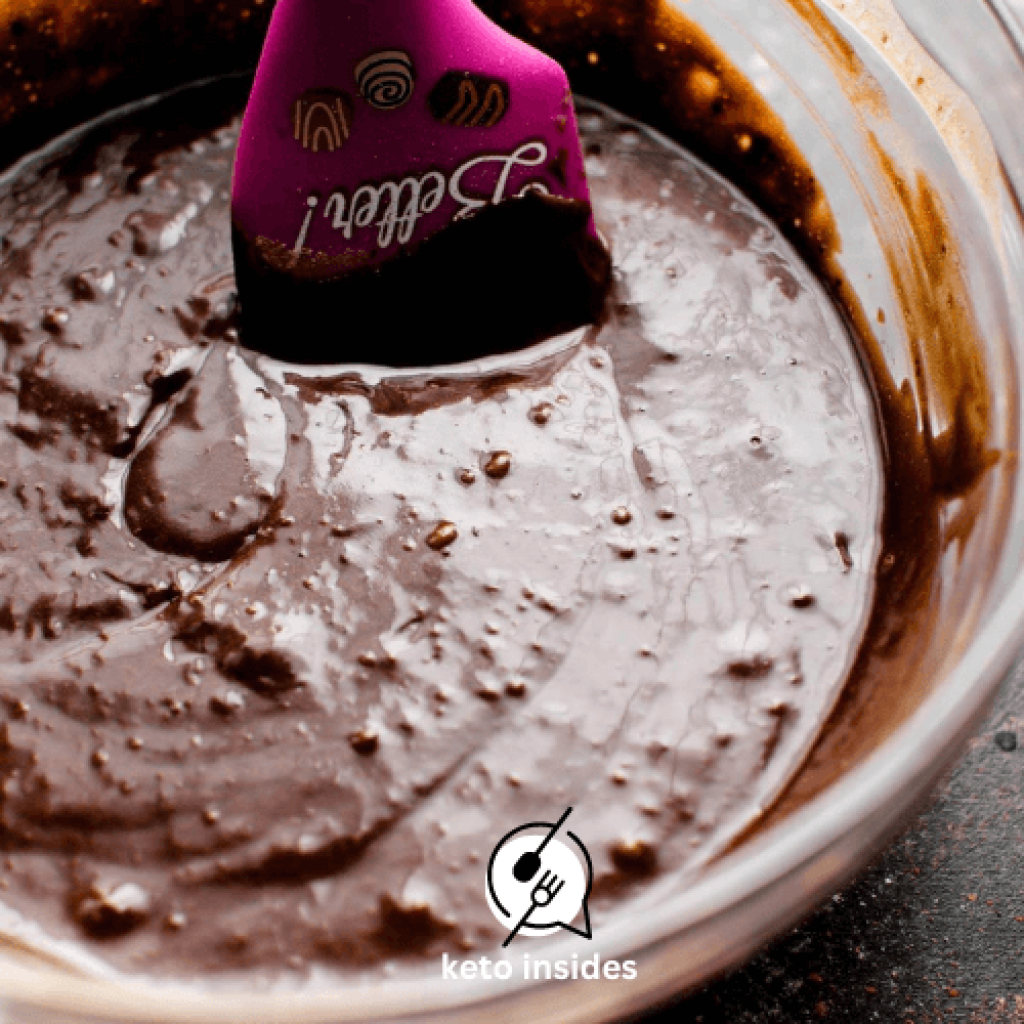
You will be needing two bowls, a whisk, and a spatula for these chocolate cupcakes. oil is the secret to their moist texture-just like the key ingredient to a rich chocolate cake roll. Like when making double chocolate muffins, there’s no butter to cream, so no mixer is required, but if you wish to, go ahead and use either a hand or stand mixer if that’s your preference.
We’re also getting that fabulous moistness from the buttermilk. Just like in these cream-filled chocolate cupcakes, the buttermilk provides us with that perfect balance of moisture and flavor.
If you don’t have buttermilk to hand, you can easily make a substitute by souring whole milk-see my notes for this recipe below for details on how to do so.
And another pro tip: always use natural unsweetened cocoa powder over Dutchprocessed. Wondering why? Check out the difference between Dutch-process vs. natural cocoa powder. For more baking science, learn about the roles of baking soda vs. baking powder and why both are crucial to these chocolate cupcakes.
You’ll want one for the dry ingredients and one for the wet. Gently fold those together, and you’ll notice that the batter isn’t as thick as perhaps it would be. That is on purpose! An ultra-thick batter would make really dense, brownie-like cupcakes. Instead, we’re going for soft, spongy, and rich-textured-the very thing that makes these cupcakes irresistible.
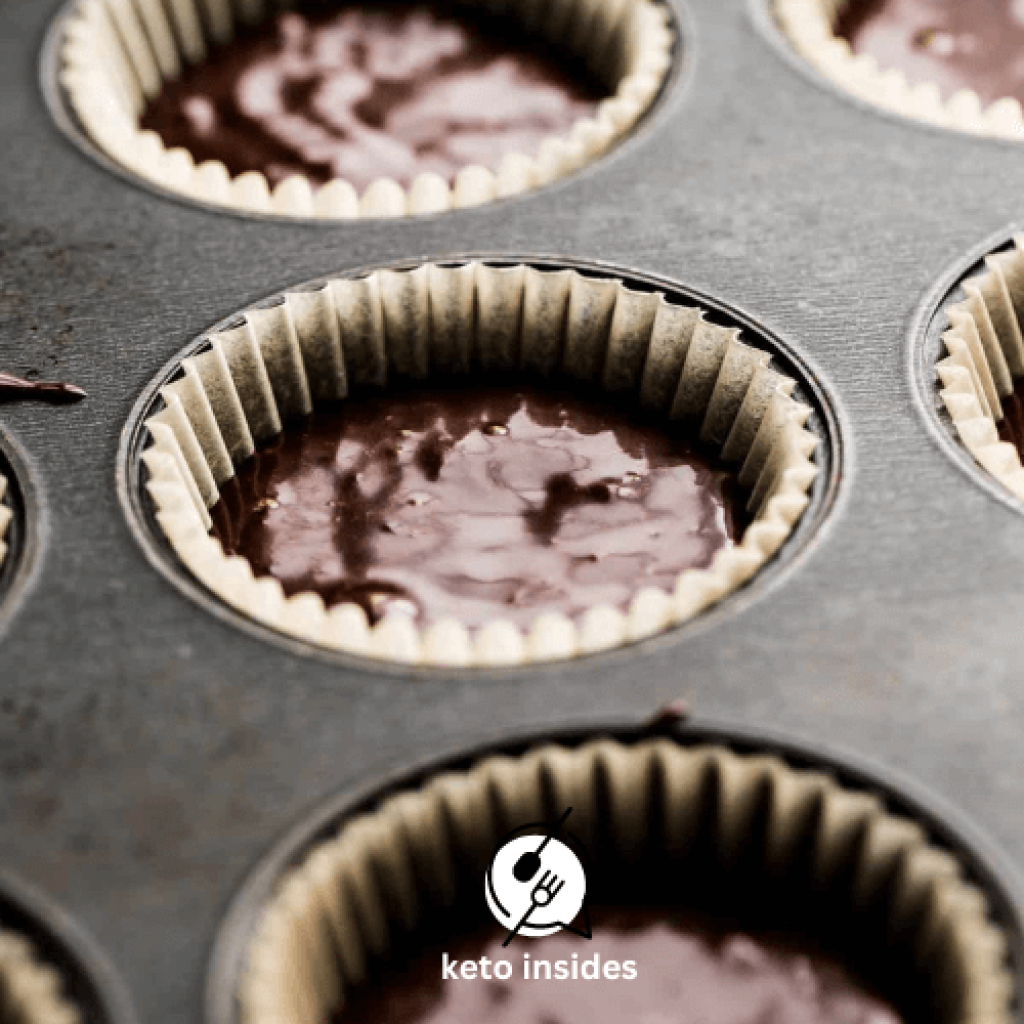
This Will Make or Break Your Recipe
Fill the cupcake liners only halfway. Not 2/3, not 3/4, and definitely not all of the way to the top. Just halfway. You will be pouring in the batter and will most likely be second-guessing yourself. Can this really be all I’m putting in each liner?! The answer is yes! Filling them too much will lead to overflow, resulting in crispy mushroom-like tops or sinking centers. So remember, halfway full!
Once the cupcakes have baked and your patience wears thin, it’s time for frosting! The choice, dear reader, is totally up to you, because the options are many: Chocolate buttercream, rainbow chip, strawberry frosting, vanilla buttercream, salted caramel, classic cream cheese frosting.you can’t go wrong, really. I kept things rich and indulgent with chocolate buttercream and a sprinkle of chocolate chips.
Even if you’re someone who usually prefers fruity desserts, these cupcakes might just make you change your mind. By the way-if you want to make a cake instead, this recipe would be perfect for a 6-inch cake, too!
Tips
Take out all your ingredients, including your eggs and buttermilk, and let them come to room temperature. This will ensure the batter is smooth and even in texture.
Don’t Overfill Them: Fill your cupcake liners only halfway so that they don’t overflow or sink in the middle. Try not to add more batter!
Use high-quality cocoa powder for that rich chocolate taste. Natural unsweetened cocoa powder balances the acidity with the baking soda.
Don’t overmix: Mix wet and dry ingredients until just combined. You don’t want to make tough or dense cupcakes. A light stir will suffice!
Keep in mind that some ovens vary in temperature; check early and start at around 18 minutes. A toothpick inserted into the middle should come out clean or with just a couple of moist crumbs.
Cool completely before frosting, so your delicious buttercream or other frostings don’t melt.
Depth Charge: Mix in some espresso powder to give it an intense chocolate flavor without tasting any coffee.
Getting Creative with Frosting: You can try frostings like chocolate ganache, vanilla buttercream, or if feeling really indulgent, a marshmallow topping!
FAQs for the Cocoa Cupcakes recipe:
1. Can I substitute it with Dutch-process cocoa powder instead of natural unsweetened? You can, but Dutch-process may alter flavor and texture. Dutch-process is less acidic, so it may affect the rising of the cupcakes. The best choice for this recipe will be natural unsweetened cocoa powder, which interacts well with the baking soda for proper leavening.
2. Is buttermilk substitution good to go with milk? If you don’t have buttermilk, make a substitute of it with the addition of 1 tablespoon of lemon juice or vinegar to 1 cup of whole milk. Let it sit for 5 minutes to get that tangy acidity the cupcakes need for their texture and flavor.
3. Why do my cupcakes sink in the middle? The cupcakes will sink if the liners are too full, or when the batter is over-mixed and too much air bubble is formed. Probably, another critical reason could be too high or too low oven temperature of your oven; hence, you must pay close attention to the recipe.
4. How long do these cocoa cupcakes keep fresh? At room temperature, kept in an airtight container, these cupcakes will keep fresh for up to 3 days. You can store it in the refrigerator up to 5 days, but let it come to room temperature for best flavor and texture.
5. Can I freeze cocoa cupcakes? Yes, you actually can freeze these cupcakes! Once cooled, you can store them tightly wrapped in plastic or in a covered container. They will keep frozen for up to 2-3 months. Thaw at room temperature before frosting or serving.
6. How to make extra moist cupcakes? Using oil instead of butter and using buttermilk makes them very moist; be very, very cautious not to overbake the cupcakes, as it dries them up.
7. Can I make this recipe as a cake? Yes, you can make this cocoa cupcake recipe into the form of a cake. Just adjust the baking time according to the size of your cake mold. A 6-inch mold does quite well with this recipe and takes around 25-30 minutes to bake.
8. What kind of frosting does well with cocoa cupcakes? Chocolate Buttercream, cream cheese frosting, and vanilla buttercream are all the classic options that go well with the richness of the cocoa, but you can be creative as you like-salted caramel or marshmallow frosting!
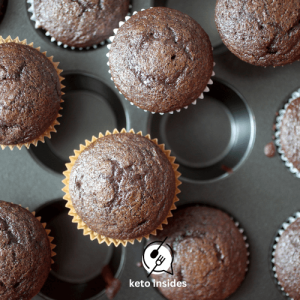
Cocoa Cupcakes Recipe
Ingredients
- 3/4 cup (94g) all-purpose flour (spooned & leveled)
- 1/2 cup (41g) unsweetened natural
- 1 teaspoon espresso powder or instant
- 3/4 teaspoon baking powder
- 1/2 teaspoon baking soda
- 1/4 teaspoon salt
- 2 large eggs, at room temperature*
- 1/2 cup (100g) granulated sugar
- 1/2 cup (100g) packed light brown sugar
- 1/3 cup (80ml) vegetable or canola oil (or melted coconut oil)
- 2 teaspoons pure vanilla extract
- 1/2 cup (120ml) buttermilk, at room temperature*
Instructions
- Preheat the oven to 350°F. Line a 12-cup muffin pan with cupcake liners. Line a second pan with 2 liners-this recipe makes about 14 cupcakes. Set aside.
- Whisk the flour, cocoa powder, espresso powder, baking powder, baking soda, and salt together in a large bowl until well combined. Set aside. In a medium bowl, whisk the eggs, granulated sugar, brown sugar, oil, and vanilla together until well combined. Pour half of the wet ingredients into the dry ingredients. Then half of the buttermilk. Whisk a few seconds gently. Repeat with the remaining wet ingredients and buttermilk. Stir until *just* combined; do not overmix. Batter will be thin
- Pour or spoon batter into liners. Fill only halfway-very important!-only halfway! or they will spill over the sides or sink. Bake for 18-21 minutes, or until a toothpick inserted in the center comes out clean. Allow to cool completely before frosting.
- Frost cooled cupcakes with chocolate buttercream. You can swipe the frosting on with an icing knife or use a piping tip such as Wilton 1M. Leftover cupcakes keep well covered tightly in the refrigerator for 3 days. I recommend a cupcake carrier for storing and transporting decorated cupcakes.
Notes
You can bake the cupcakes up to a day in advance. Store them tightly wrapped at room temperature, then frost on the day you’re serving.
Unfrosted cupcakes can be frozen for up to 2 months. Thaw overnight in the fridge and bring to room temperature before frosting and serving. Special Tools:
12-cup cupcake pan
Cupcake liners
Glass mixing bowls
Whisk
Reusable or disposable piping bags
Wilton 1M piping tip
Icing knife
Cupcake carrier for storage Mini Cupcakes:
Fill mini liners half full and bake at 350°F (177°C) for 10–12 minutes. Cake Version:
For a cake version, see the chocolate layer cake recipe. Cocoa Powder:
Use natural cocoa powder, not Dutch-process. Read about the difference between natural and Dutch-process cocoa powder. Espresso Powder:
Espresso powder adds an intensified flavor of chocolate. If you don’t have it, use 1 teaspoon of instant coffee powder or leave it out. Room Temperature Ingredients:
Take all the chilled ingredients out and let them reach room temperature so the batter mixes up nice and smooth. This will ensure even baking. Buttermilk:
Buttermilk is a must in this recipe. If you don’t have it, proceed to make the buttermilk substitute below by adding 1 teaspoon white vinegar or lemon juice to a liquid measuring cup followed by whole milk, to fill up to 1/2 cup. Stir it and let it sit for about 5 minutes. This homemade buttermilk will be a little curdled and can be used.
Before you begin, take a look at the 10 tips for baking the BEST cupcakes!
Nutrition Facts
- Amount Per ServingCalories158
- % Daily Value *
- Total Fat
2g
4%
- Cholesterol 31mg 11%
- Sodium 115mg 5%
- Potassium 104mg 3%
- Total Carbohydrate
30g
10%
- Dietary Fiber 2g 8%
- Sugars 20g
- Protein 3g 6%
- Calcium 71%
- Iron 1%
* The % Daily Value tells you how much a nutrient in a serving of food contributes to a daily diet. 2,000 calories a day is used for general nutrition advice.

